Earlier this year I had so many deer browsing in my garden, I thought the term "deer resistant" was a cruel joke. Don’t they read those lists anymore? My succulents, however, were never victims. If you haven’t paid much attention to these old standbys for a while, it’s time for another look.
There are succulents that thrive i shade as well as sun. That’s because they originate from many different environments. Many come from the deserts of the world while others developed in the cold, windy alpine regions of Europe in poor, rocky soil. A surprising number os succulent plants are native to the Rocky Mountains and Peruvian Andes. Still others evolved on the shores of salt water lakes and oceans where they adapted to high salt concentrations. Almost any environment is suitable for growing some kind of succulent, it merely depends on choosing the right one.
Many of the gardens in this area are frosty in the winter. The common winter hardy succulent varieties most resistant to cold are sedum, sempervivum, echeveria, crassula, agave, dudleya and yucca.
To ensure success when growing succulents, make sure your soil is fast draining. Our winter rains can rot even the toughest plants when their feet sit in soggy soil. Add sand and gravel to your soil or plant on mounds to increase drainage.
Sempervivum and echeveria, both low growing ground covers, are also known as hens-and-chicks. They spread by producing identical offsets that surround the mother plant like chicks. Due to extensive breeding you can choose from more than 4,000 named varieties. Some are tightly clustered, others more open with smooth or velvety leaves in shades ranging from near black to pinks, purples, lavender, apricot and every shade of green. A metallic sheen glints off the leaves of some types, while others like Silver King and Red Ruben have leaves outlined in fuzzy, white hairs. The colors change through the seasons and in summer, starlike flowers bloom atop fat, tall stems.
While the distinct rosette forms of hens & chicks are easily recognizable,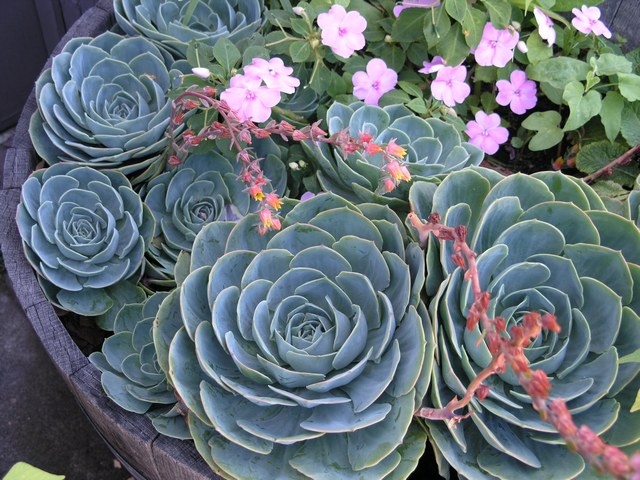
There are many other sedums to choose from that do well in our area. All are reliable perennials in our climate. They will not take foot traffic but are otherwise tough, low maintenance plants.
Succulents can be used in so many ways in the garden. Use them in pots or in the front of the border where they provide texture. They can be used to fill in between shrubs or clumps of perennials.
Every garden has a problem spot- one that is too hot, too dry, awkward or shallow for other plants. That’s where succulents come to the rescue.

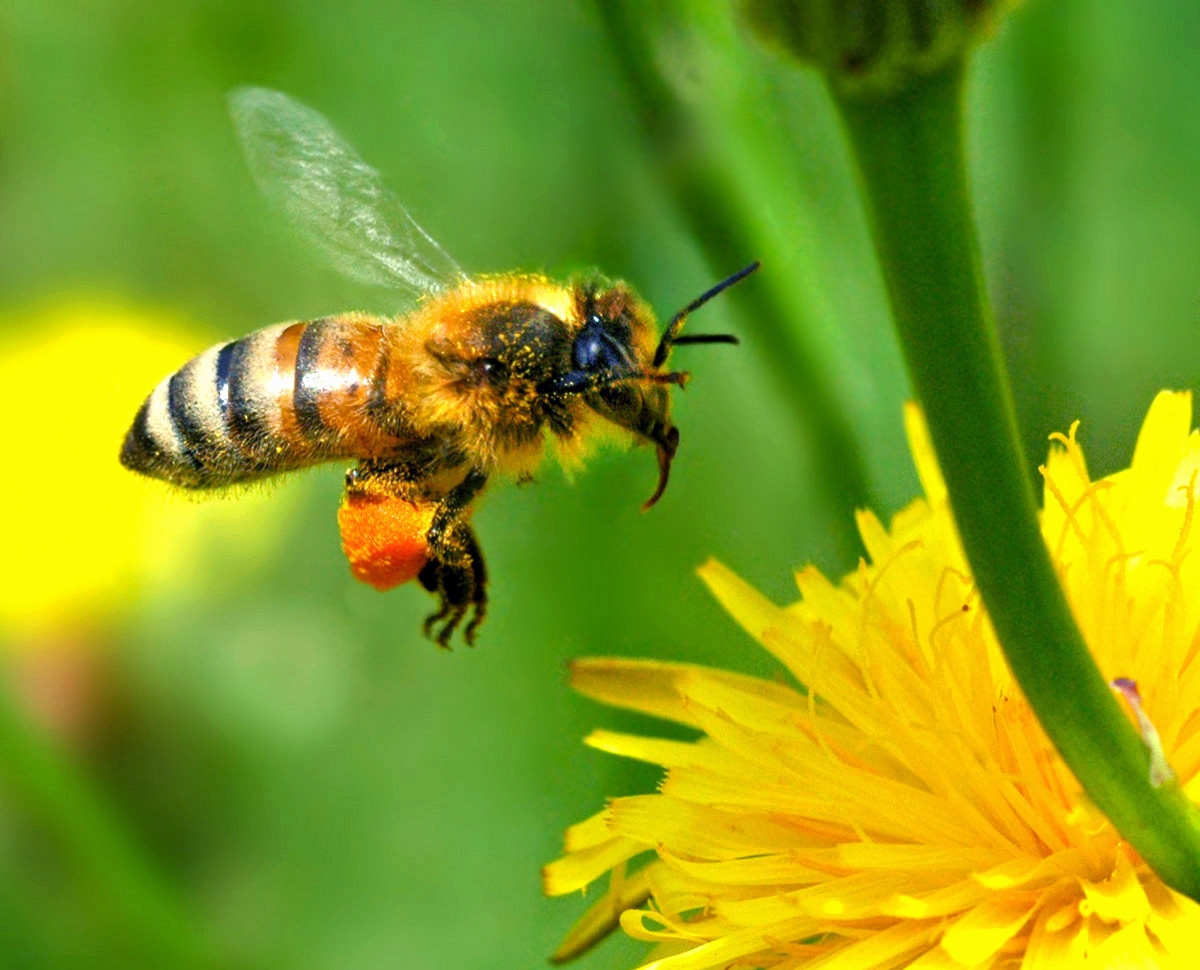 , through the whole growing season. Choose several colors and shapes of flowers, plant flowers in clumps and plant where bees will visit- in sunny spots sheltered from strong winds.
, through the whole growing season. Choose several colors and shapes of flowers, plant flowers in clumps and plant where bees will visit- in sunny spots sheltered from strong winds.  at fasted growing and most prolific of all summer squash, has many uses. Rather than bribe neighbors to take your giant zucchini, check the plants often and harvest them when small – the size of your finger . The flesh of these gourmet delicacies is soft and sweet at this stage.
at fasted growing and most prolific of all summer squash, has many uses. Rather than bribe neighbors to take your giant zucchini, check the plants often and harvest them when small – the size of your finger . The flesh of these gourmet delicacies is soft and sweet at this stage. 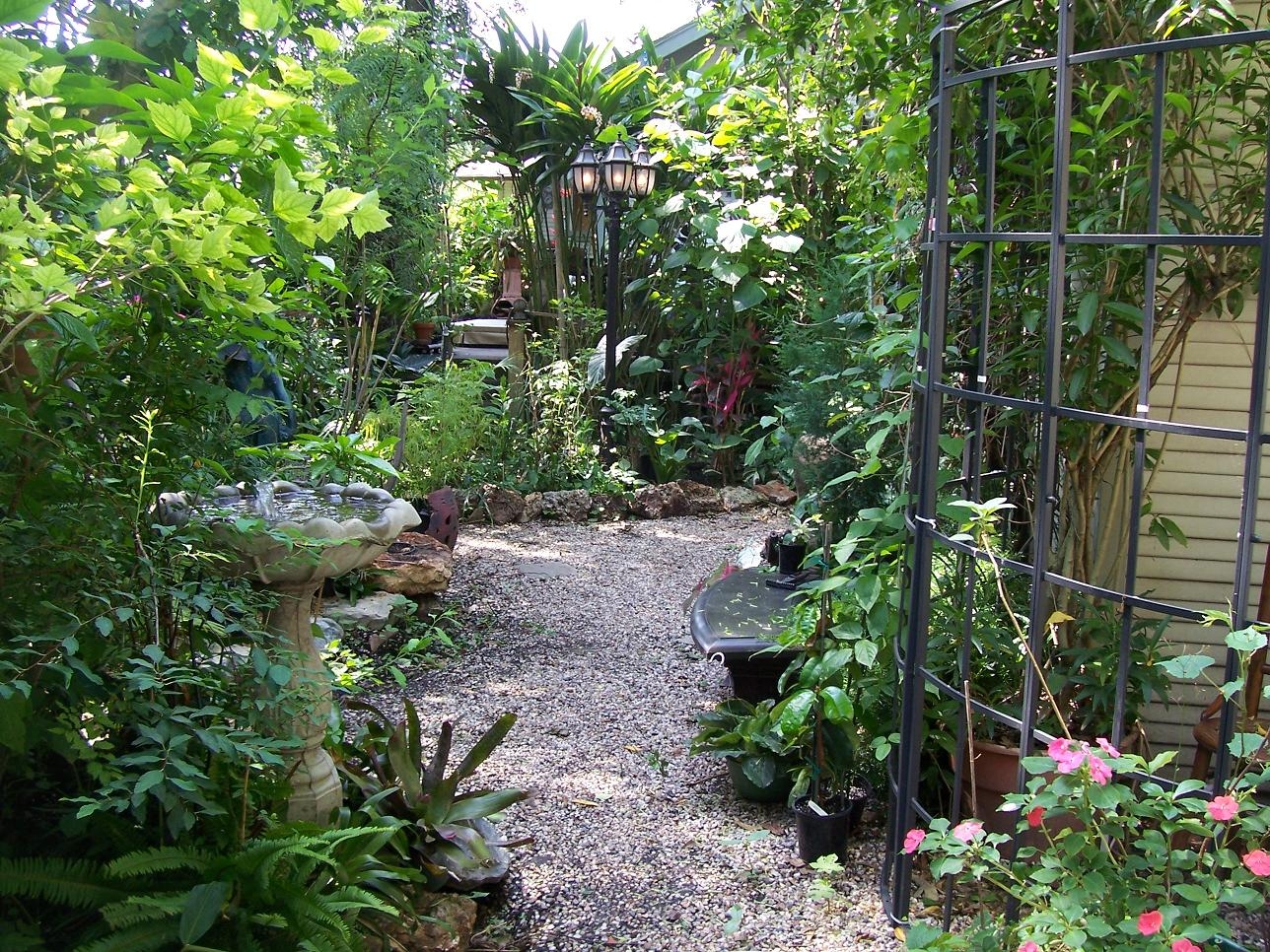
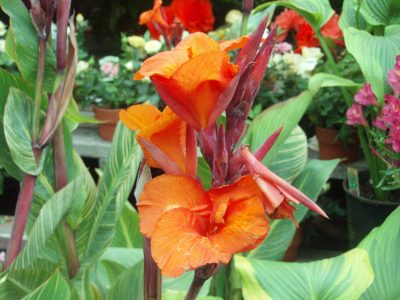
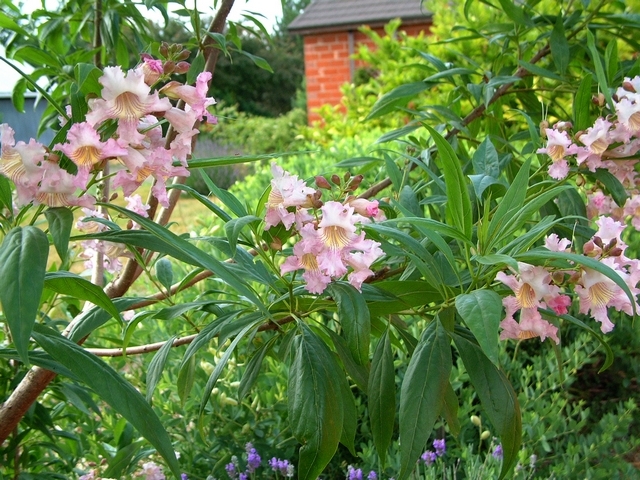 hitalpa – a rapid growing 20-30 ft. tree that combines toughness with beauty. From late spring through fall, clusters of frilly, trumpet-shaped pink or white flowers appear. Chitalpa’s like full sun and need only little to moderate water.
hitalpa – a rapid growing 20-30 ft. tree that combines toughness with beauty. From late spring through fall, clusters of frilly, trumpet-shaped pink or white flowers appear. Chitalpa’s like full sun and need only little to moderate water.